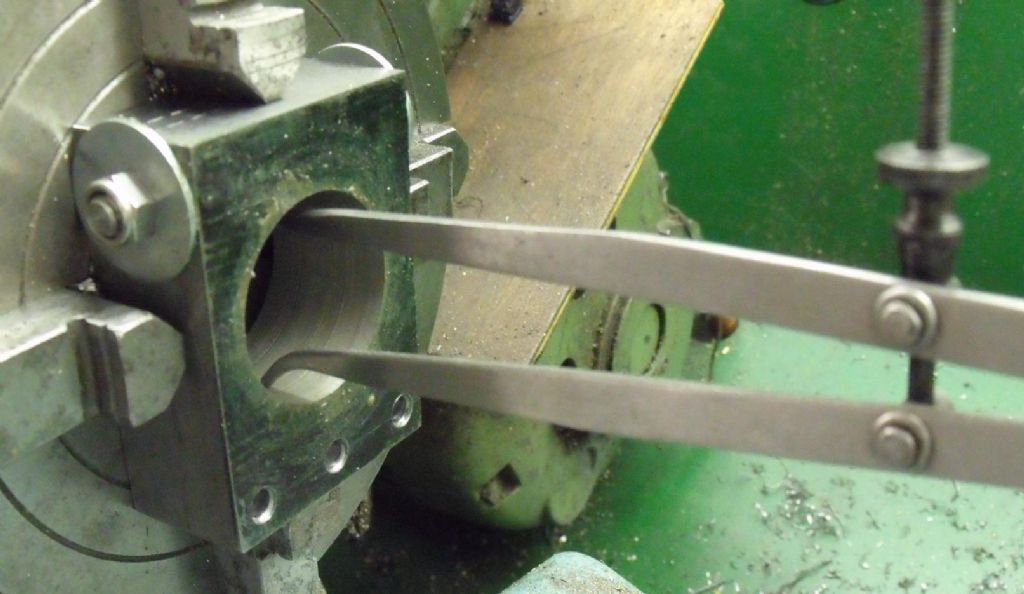Hi everyone, thanks for your input !
I was just wondering if there was a "sweet spot" in the centre to centre dimension (i.e. offset) or if there was some optimum offset between the bore and the split collet
I have just spent 30 mins looking at my GHT books building the universal pillar tool and building his dividing head as there are copious amounts of these split collets on his designs.
In the Hemingways instruction in building the Quorn the offset is given by:-
D = bore being clamped, d = the diameter of the clamping bolt that sqeezes the two collets together (NOT the diameter of the collets as I presumed it to be)
D/2 + d/2 + 0.02" = the centre to centre dimension for the split collet and bore.
Now I checked this with the GHT articles on his kit and his offset is 0.01" larger than suggested by Hemingway, that is:
GHT method is:- D/2 + d/2 + 0.03 = the centre to centre dimension of the clamping bolt and bore.
So both methods seems to suggest that an offset anywhere between 0.02" and 0.03" is the optimum
Without boring you too much more, GHT does say that "while the clamping effect is very powerful, the 2 halves of the collet may not separate when the clamping pressure is removed. This is down to one or both of these reasons (a) the offset between the bore and the clamping bolt is too large and (b) the shortening of the back of one of the collets was insufficient".
In addition GHT mentions that this offset is important and is recommended that it is held to within 15 thou (0.015"
Well I have lots of these to do on my Quorn so I feel confident that this offset works without stuffing up any castings!
Thanks again for your time and of the jigs and your suggestions. Just got to get prepped for all those ball handles next !!!
Kind regards
Derek
ChrisLH.









